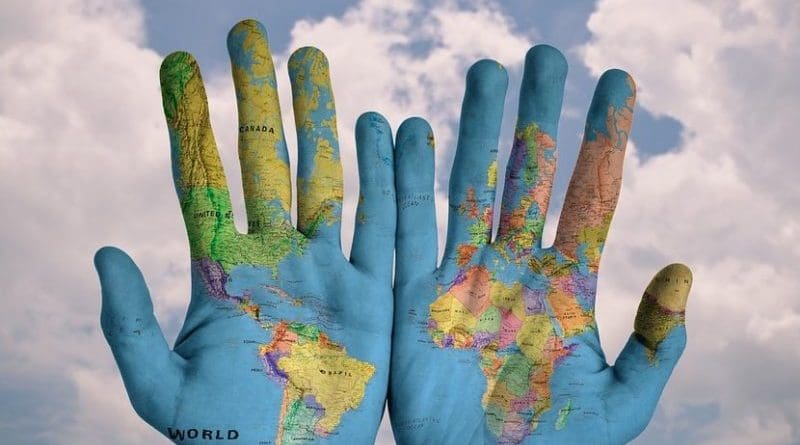Who’s With Me? – OpEd
Humans are an inherently tribal species. People have always lived and worked in groups. In primitive times, they recognized those in their group as allies and cooperated with them. Those outside their group were viewed with hostility. Strangers were potential predators and potential prey. Better to take their stuff when the opportunity presents itself than run the risk of having them take yours.
Those tribal instincts from primitive times remain, and institutions have evolved to channel those tribal impulses in less violent directions. Sports offers an example where people can compete with each other without endangering social cooperation. Those who are not competing directly can become fans of their favorite teams, feeling a tribal association with others who wear their team logos.
Tribal instincts are strong, which is why institutions are required to control them. One example is patriotism. We respect the flag, military personnel, and other symbols of national unity, which enables citizens to view themselves as members of the same tribe and to cooperate with each other for their mutual benefit.
Fifty years ago, the Cold War provided one element of national identity. We were Americans, unified against a global threat to our tribe. The civil rights movement was well underway, and the racial turmoil of the 1960s gave way to a national movement toward integration. We were all on the same side.
These days, the bonds of national unity seem to be breaking down. Hostilities between political parties seem to go beyond policy preferences toward personal animosity. Are you a member of a different political party from me? Then not only do we differ on policy preferences, but you’re also not a good person. You’re not in my tribe.
Critical race theory promotes the idea that whites are oppressors, keeping minorities down. It’s us against them. We are in different tribes. Social divisions, along ethnic lines, along party lines, and even along geographical lines, seem to be growing.
These growing divisions have clear negative social consequences. Society functions best when all its members view themselves as members of the same tribe, cooperating for their mutual benefit. Society breaks down when we view others among us with hostility, as members of a different tribe.
This article was published by The Beacon

